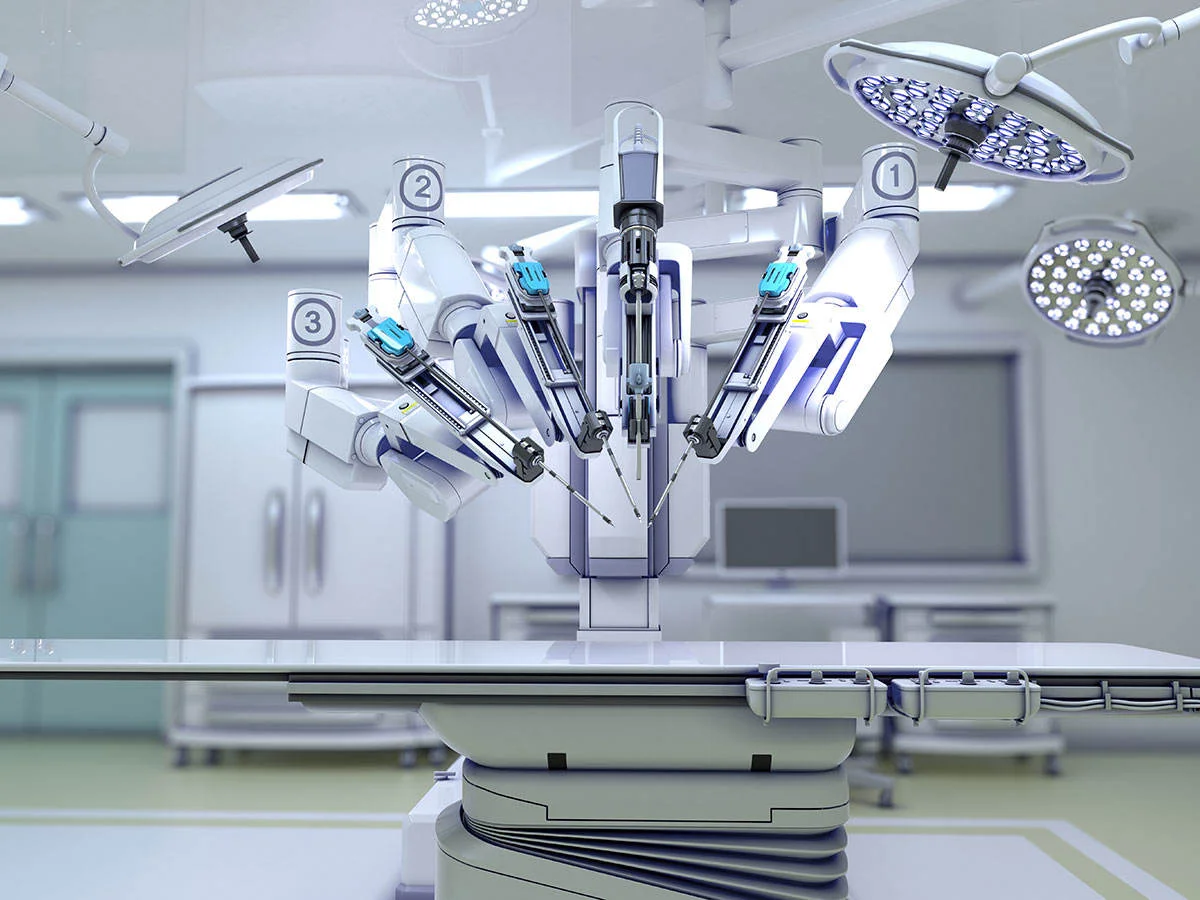Throughout the years, the field of medical robots has made significant strides, showing a different way of delivering healthcare. From surgical robots to robotic prosthetics, these advanced technologies have enhanced the world. Medical robots offer substantial advantages and risks to the healthcare industry. The future of these robots is unknown, but they have made many improvements since we first saw them.
Helpful Robots
Surgery-related robots are one of the most well-known applications of medical robots. Surgical robots, such as the da Vinci Surgical System, allow surgeons to complete complex procedures that give precision and control that could be greater than humans. Robot features such as advanced robotic arms can reach and maneuver in ways that surpass human capability. Also, imaging systems can read and help with surgeries, which have also advanced from human capability. As a result, patients experience less scarring, reduced trauma, and faster recovery times. Showing how the surgical aspects of medical robots can be helpful for health care.
Additionally, surgical robots and robotic exoskeletons transform mobility assistance and rehabilitation. These wearable robotic devices help individuals with spinal cord injuries or mobility issues regain their movement and independence without assistance. Furthermore, robots are being utilized in healthcare settings to increase repetitive skills in medical management and even engage with patients. This provides the patients with companionship and support and increases healthcare support. These robots can help alleviate the burden on healthcare staff, allowing them to focus more on direct patient care.
Additionally, medical robots can perform tasks with high precision and accuracy. They could be a good healthcare source and help us make minimal errors during surgeries. Unlike humans, robots do not suffer fatigue or human error. They are technology-programmed for lengthy procedures, which leads to more consistent performance and efficiency. Therefore, there would be improved patient outcomes with more efficiency and high performance. Due to this precision, minimal invasiveness, and better control, the results will often improve more than those of a human at work. This shows that these medical robots can be very helpful and useful in healthcare.
Adverse Affects Of These Robots
Even though medical robots are seen as a great idea and can help with healthcare, they have negative aspects. For example, unemployment is a big problem. As more and more robots are helping with healthcare, it can affect people with jobs in that region. These robots can cause more unemployment as they spread through the world. As people realize how effective medical robots are, businesses will employ them more because they can be better than human resources. Also, medical robots are expensive. They are costly to purchase, maintain, and operate, which could increase healthcare costs. For hospitals with fewer resources or in developing regions, it can cause limited access. Robots are prone to technical failure and malfunctions or software glitches, like all machines. In a medical setting, especially during surgeries, failure could have serious consequences, including risks to patient safety. Humans who work in the medical field have many more helpful characteristics than medical robots. Humans can show empathy and communicate, which are significant aspects of healing and recovery.
Additionally, over time, there would be an overreliance on robots and their medical fields for tasks that still benefit from human intervention, leading to a potential decline in critical skills that medical professionals must develop. This shows that even medical robots will be helpful for the world and healthcare. They do involve some risks that can harm us.
Conclusion
As medical robots’ capabilities and skills continue to advance, we can expect to see a widespread integration of these technologies in various aspects of healthcare. However, there are challenges, ethical considerations, and risks involving medical technologies to address. The potential benefits of medical robots include improving patient outcomes and enhancing healthcare delivery. Ongoing research and development can show that the future of medical robotics holds excellent promise for Transforming both landscape and healthcare.
Related Stories
- https://www.intel.com/content/www/us/en/healthcare-it/robotics-in-healthcare.html
- https://www.brainlab.com/journal/types-of-medical-robots-in-use-today-and-in-the-future/
- https://builtin.com/robotics/surgical-medical-healthcare-robotics-companies
- https://www.ahu.edu/blog/robotics-in-healthcare
- https://standardbots.com/blog/10-ways-robotics-are-being-used-in-healthcare-today?srsltid=AfmBOoqT65sZNTjQHD210uotKZpLmxrSYBTnV7YMlE-xz0chneH51LIG



